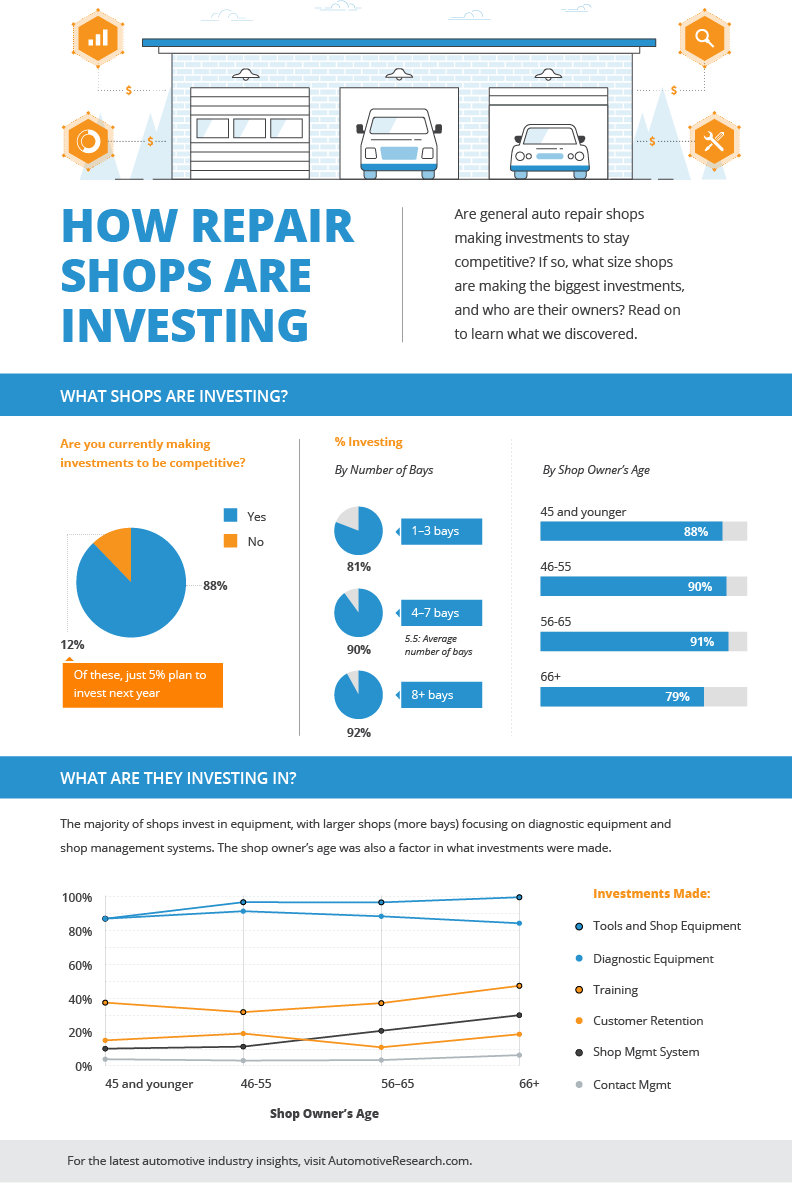Evaluating Your Cars And Truck'S Caution Indicators: What They Actually Share
Evaluating Your Cars And Truck'S Caution Indicators: What They Actually Share
Blog Article
Short Article Writer-Lim Torres
When you lag the wheel, those glowing caution lights on your control panel can be a little bit perplexing. Do you know what they're attempting to inform you regarding your vehicle's wellness? Comprehending the significance of these lights is vital for your safety and security and the longevity of your automobile. So, the following time one of those lights appears, wouldn't you want to analyze its message accurately and take the required steps to resolve it?
Common Warning Lights and Interpretations
Recognize usual caution lights in your car and recognize their meanings to make certain secure driving.
One of the most regular caution lights include the check engine light, which signifies issues with the engine or exhausts system. If this light comes on, it's crucial to have your automobile inspected immediately.
The oil stress warning light indicates low oil stress, needing immediate attention to prevent engine damage.
A flashing battery light might suggest a defective billing system, possibly leaving you stranded if not attended to.
The tire stress monitoring system (TPMS) light informs you to low tire pressure, affecting lorry security and fuel performance. Disregarding this might result in risky driving conditions.
The abdominal muscle light shows an issue with the anti-lock stopping system, compromising your capacity to stop quickly in emergency situations.
Finally, the coolant temperature level warning light warns of engine getting too hot, which can result in severe damages otherwise settled promptly.
Understanding these typical caution lights will help you deal with problems without delay and maintain secure driving problems.
Significance of Prompt Interest
Recognizing the common caution lights in your automobile is just the very first step; the significance of without delay attending to these warnings can not be highlighted enough to guarantee your security when traveling.
When a caution light brightens on your dashboard, it's your auto's way of communicating a possible problem that needs attention. Neglecting car motor cleaning near me can result in a lot more severe troubles in the future, jeopardizing your safety and security and potentially costing you more out of commission.
https://brakecheck28493.azzablog.com/31340449/see-the-transformative-trends-shaping-the-future-of-car-repair-from-electrical-cars-to-ai-assimilation-that-will-reinvent-the-market to warning lights can avoid malfunctions and crashes. For example, a flashing check engine light might indicate a misfire that, if left ignored, can trigger damage to the catalytic converter. Resolving this without delay can save you from a pricey repair work.
Similarly, a brake system warning light may indicate low brake liquid or used brake pads, important elements for your safety when driving.
Do It Yourself Troubleshooting Tips
If you discover a warning light on your dashboard, there are a couple of DIY repairing pointers you can attempt before looking for expert aid.
The very first step is to consult your vehicle's guidebook to recognize what the certain caution light shows. Sometimes the concern can be as basic as a loose gas cap setting off the check engine light. Tightening the gas cap may deal with the issue.
One more usual concern is a low battery, which can activate various cautioning lights. Examining https://cristianxssmh.liberty-blog.com/31313164/wondering-about-the-myths-that-commonly-circulate-relating-to-auto-describing-untangle-the-facts-behind-these-misunderstandings-and-see-why-specialist-detailing-is-essential-for-all-lorry-proprietors for corrosion and guaranteeing they're safe could deal with the problem.
If a warning light lingers, you can try resetting it by disconnecting the cars and truck's battery for a few mins and afterwards reconnecting it. Additionally, examining your lorry's fluid degrees, such as oil, coolant, and brake fluid, can help troubleshoot advising lights connected to these systems.
Conclusion
To conclude, comprehending your cars and truck's warning lights is essential for keeping your car running smoothly and safely. By quickly resolving these signals and knowing what they indicate, you can prevent costly repair work and potential malfunctions.
Remember to consult your auto's handbook for particular details on each advising light and act appropriately to make sure a trouble-free driving experience.
Keep informed, stay secure on the road!
